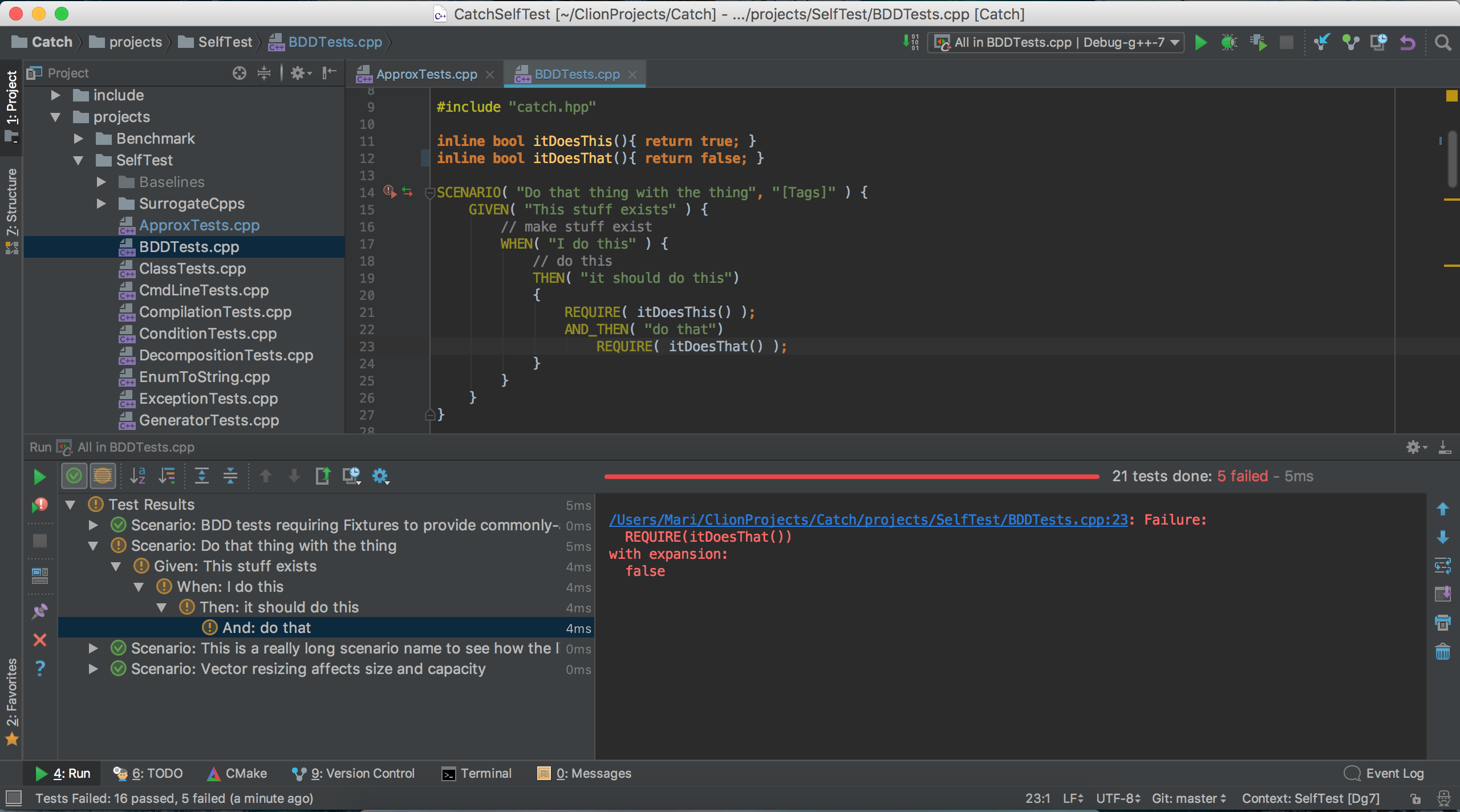

When the operation is complete, it says "Target info extraction done".Īfter this operation completes, IntelliSense is configured. In the Output Window, select Show output from and then choose CMake to monitor the status of the cache generation process. This operation might take a few moments, depending on the size of your project. When you open a folder that uses CMake, Visual Studio automatically generates the CMake cache. By default, it doesn't show hidden files.Ĭhoose the Show all files button to see all the files in the folder. This view shows you exactly what is on disk, not a logical or filtered view. Navigate to the CMakeLists.txt file in the root of the bullet3 repo you just downloaded.Īs soon as you open the folder, your folder structure becomes visible in the Solution Explorer. On the Visual Studio main menu, choose File > Open > CMake.


To start, clone the bullet3 repository from GitHub on the machine where you have Visual Studio installed.
#Build cmake linux code#
This tutorial doesn't modify any of the source code or build scripts. The SDK includes sample executable programs that compile and run without having to write additional code. It provides collision detection and physics simulations for many applications. This tutorial uses the Bullet Physics SDK on GitHub. Git for windows installed on your Windows machine.Ĭlone an open-source CMake project from GitHub Change it as needed if you're using a different target platform. The following example shows the Linux-x86_64 script. We recommend that you use the -prefix option to specify installing in the /usr path, because /usr/bin is the default location where Visual Studio looks for CMake. You can see the options for running the script with -help. Go to that page and download the version that matches the system architecture on your Linux machine, then mark it as an executable: wget Ĭhmod +x cmake-3000-MSVC_2-Linux-x86_64.sh You can get the CMake binaries from the Microsoft fork of the CMake repo on GitHub. We recommend you use this build to ensure that you have the latest features.
#Build cmake linux install#
Microsoft produces a universal build of CMake that you can install on any Linux distro. Visual Studio requires a recent version of CMake on the Linux machine that has server mode enabled (at least 3.8).
#Build cmake linux zip#
On Debian-based systems, you can use this command to install these dependencies: sudo apt install -y openssh-server build-essential gdb rsync make zip Visual Studio requires these tools on the Linux machine: C++ compilers, gdb, ssh, rsync, make, and zip. WSL isn't recommended here, because it's intended primarily for command-line operations. However, for this tutorial a graphical environment is required. You could also use the Windows Subsystem for Linux (WSL). The OS can be running on a physical machine, in a VM, or in the cloud. Visual Studio doesn't require any specific distribution of Linux. Set up a Linux machine for Cross Platform C++ Development Depending on your download speed, installation shouldn't take more than 10 minutes. First, install Visual Studio and choose the Desktop development with C++ and Linux development with C++ workloads.Set up Visual Studio for Cross Platform C++ Development build and debug the same target on Linux.build and debug an executable target on Windows.

clone an open-source CMake project from GitHub.


 0 kommentar(er)
0 kommentar(er)
